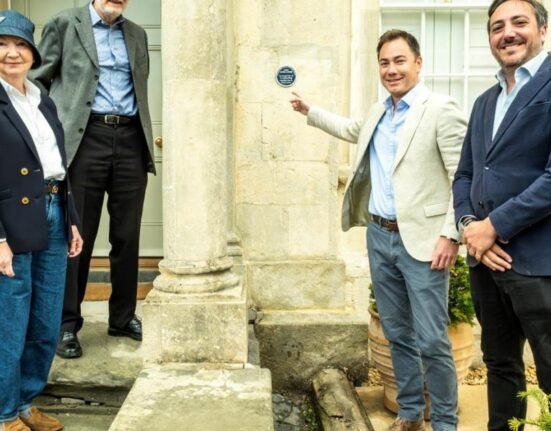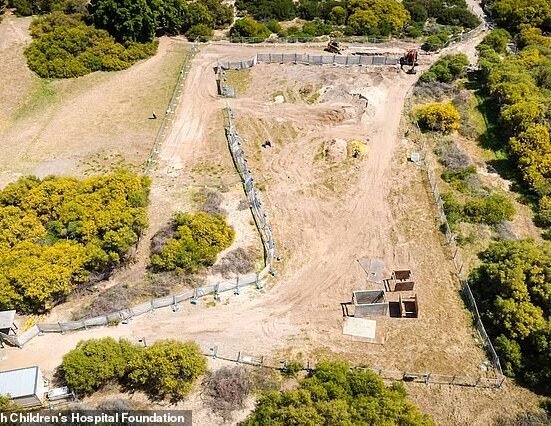[SINGAPORE] Diversified real estate investment trusts (Reits) hold a mixture of assets across multiple sub-sectors such as industrial, retail, office and hospitality, offering investors the prospect of portfolio stability and flexibility.
The larger diversified Reits in the Singapore market, or S-Reits, include Straits Times Index (STI) counters such as CapitaLand Integrated Commercial Trust (CICT), Mapletree Pan Asia Commercial Trust (MPACT) and Frasers Logistics & Commercial Trust (FLCT), as well as Suntec Reit, which is currently on the STI reserve list.
Amid trade tensions and geopolitical uncertainties, business updates from these S-Reits for the first quarter ended March highlighted their ability to withstand headwinds. Most showed growth in revenue and net property income (NPI), driven by robust operating performance from existing properties and new acquisitions.
Suntec Reit’s revenue for Q1 2025 rose 3.4 per cent year on year (yoy) to S$113.5 million, due to stronger operating performance across all properties. Its joint venture income also grew. It reported a distribution per unit of S$0.01563 for the period, up 3.4 per cent yoy.
CICT’s Q1 2025 revenue was also higher, at S$395.3 million, by 1.1 per cent yoy on a like-for-like basis. Its NPI grew 1.4 per cent over the same period.
For the first half of FY2025, FLCT’s revenue was S$232.3 million, up 7.5 per cent yoy, while adjusted NPI rose 1.6 per cent to S$161.3 million. The growth was due mainly to full contributions from completed and acquired properties.
A NEWSLETTER FOR YOU

Tuesday, 12 pm
Property Insights
Get an exclusive analysis of real estate and property news in Singapore and beyond.
In terms of operating performance, the larger diversified S-Reits have demonstrated resilience.
For its retail portfolio, CICT reported strong momentum in rent reversion at 10.4 per cent for Q1 2025. It expects rent reversion to remain positive, although at a more moderate pace, in the next few quarters.
The Reit’s office portfolio also had positive rent reversion, at 5.4 per cent. Overall portfolio occupancy was stable, at 96.4 per cent as at end-March, with the occupancy standing at 98.8 per cent for retail assets and 94.7 per cent for office properties.
The manager of MPACT noted that the trust’s Singapore properties continued to buffer overseas headwinds. These assets contributed to higher revenue and NPI on a comparable basis in FY2025 ended March.
MPACT also reported positive rent reversion from its local properties during the year, ranging from 2.2 per cent at Mapletree Business City to 16.8 per cent at VivoCity.
Similarly, Suntec Reit and OUE Reit achieved positive rent reversions from their Singapore office and retail portfolios as well. Occupancy rates across their portfolios also remained stable.
Suntec Reit’s Singapore office portfolio had 98.7 per cent committed occupancy, down slightly from 99.4 per cent in the year-ago period. Occupancy for its local retail assets, meanwhile, improved to 98.2 per cent from 95.8 per cent over the same period.
OUE Reit saw its office committed occupancy grow 1.7 percentage points quarter on quarter to 96.3 per cent as at end-March, while committed occupancy at Mandarin Gallery climbed to 99.5 per cent.
These diversified S-Reits have also been reporting improvements in terms of capital management.
Suntec Reit has completed a refinancing of S$730 million due in 2025 and 2026, which would result in interest savings of about S$1.8 million each year. The manager also noted it has pared down debt with proceeds from the divestment of strata office units.
Meanwhile, CICT’s average cost of debt as at end-March was 3.4 per cent, down 0.2 percentage point from the level in December.
OUE Reit has also reported that its proactive capital management in 2024 reduced its weighted average cost of debt to 4.2 per cent a year as at end-March, from 4.7 per cent in December.
The Reit managers noted that their portfolios are well-positioned to navigate economic and geopolitical uncertainties.
CICT said it remains focused on asset-enhancement initiatives and portfolio-reconstitution efforts. It will continue to monitor the market for opportunities with an eye on Singapore, which offers stability, for inorganic growth.
The chief executive officer of Suntec Reit’s manager, Chong Kee Hiong, said continual improvement in operating performance highlights the strong fundamentals of the Reit’s assets. “In light of the global macroeconomic uncertainties, we remain focused on strengthening the operating performance of our properties,” he added.
The writer is a research analyst at SGX. For more research and information on Singapore’s Reit sector, visit sgx.com/research-education/sectors for the S-Reits & Property Trusts Chartbook.







